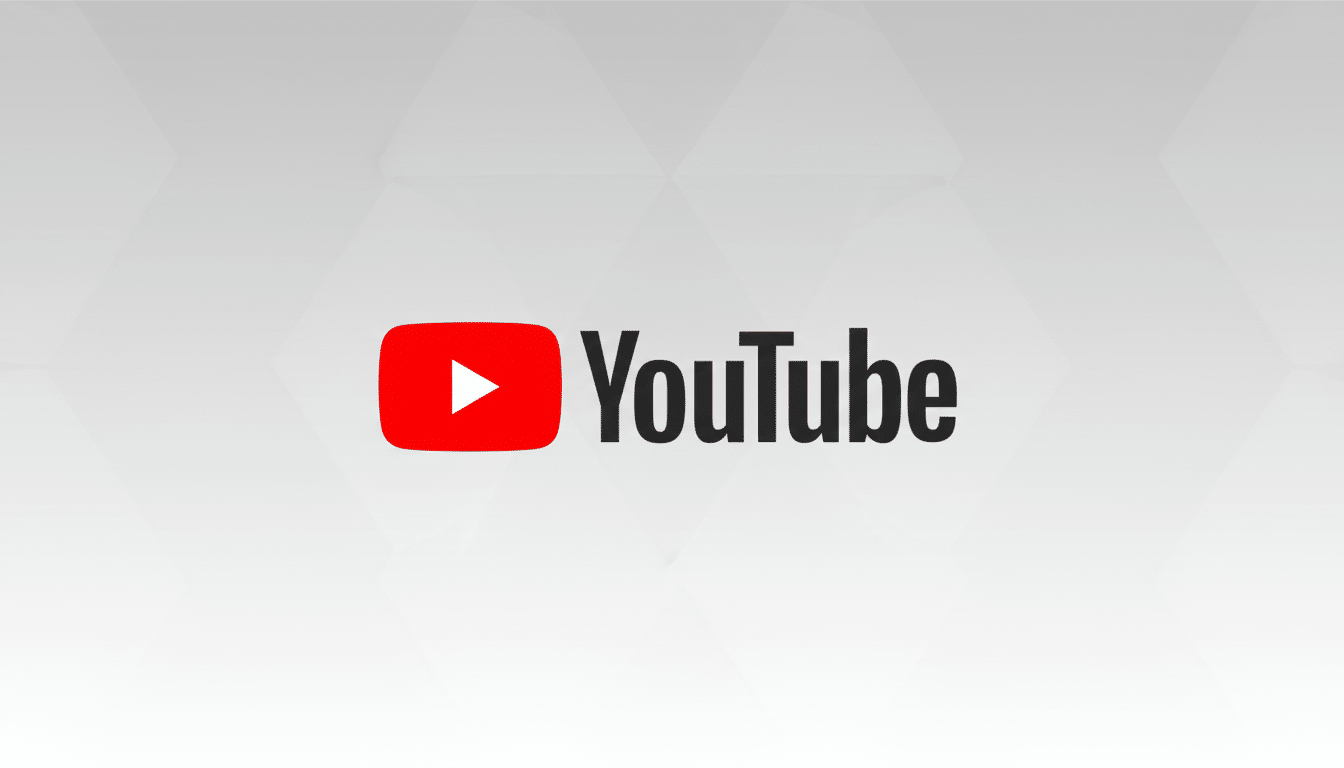YouTube’s push to boost age checks with machine learning and identity verification is setting off a firestorm among longtime viewers who are vowing to walk away rather than upload a driver’s license or a scan of their face. As more accounts are swept into the system, the tension among safety objectives, legal pressure, and personal privacy is increasingly difficult to disregard.
In recent months, the service has cranked up automatic age estimation in the US, using signals such as account history, search activity, watch patterns, and overall usage of a device to ascertain if people are more likely to be 18. If the system believes that you may be underage, chunks of the library are inaccessible unless you demonstrate with a government ID, a credit card in your name, or an age-estimation selfie.

Why alarms sound at ID uploads on global platforms
Showing ID at a convenience store is brief and local; uploading ID to a global platform leaves behind an enduring, high-value trail of data. Even if companies promise not to use identity documents for advertising, it’s seldom clear how long the data is kept, who on staff can access it, or rebase it from now-negated promises in evolving policies or legal orders.
Digital rights activists have been warning for years that repositories of identity data like the one the government is proposing are irresistible targets. The Electronic Frontier Foundation has warned that “verification” frequently turns into “retention,” and history is on its side: high-profile breaches at major companies, as well as credit bureaus, demonstrate that heavily fortified systems can still be broken. The suggestion that scans of government IDs might be revealed — if for a subset of users — raises the stakes beyond usual profile data.
YouTube has told technology writers that a government ID and payment card information gathered for age validation aren’t used to target ads. That is a beginning, but not an assurance. For users who value anonymity or want to carve out a space on the internet, uploading documents is getting closer to being considered a red line.
How AI-powered age detection fuels verification checks
Claims of accuracy around facial age estimation are getting better, but even small amounts of error mean lots of misclassifications at YouTube’s scale. Adult users have said on Reddit that they’ve been mistakenly flagged and lost access to videos until completing the verification gauntlet. Some tell of the odd generic “workarounds” that slip through — until the system becomes good at recognizing them.
False positives are more than just an annoyance. They prod users into giving up even more personal data to fix a problem they didn’t create. And unlike a password reset, you can’t alter your legal identity now that it’s in yet another database.

New laws are pushing platforms toward stricter age checks
That is not happening in a vacuum. In the US, the UK, and elsewhere, lawmakers are pressing platforms to show they’re keeping under-18s away from adult-oriented content. In the UK, the Online Safety Act is driving wide-reaching age-verification responsibilities, and industry press reports have suggested that its enforcement has driven increased VPN interest among users looking to circumvent annoyance. In the US, a slew of states have passed or introduced bills that would require some age verification and even verification for app access, though ongoing court fights led by trade groups like NetChoice are helping determine what ultimately sticks.
Going with universal systems that can accommodate even the strictest jurisdictions is a natural choice for global platforms. That frequently entails applying ID uploads and face scans to areas well beyond the ones legally requiring them — ensnaring many users who are unprepared for that kind of sweep.
How safety measures can conflict with access to help
Many viewers wouldn’t want children stumbling into violent or sexual material. But gating broad categories can result in collateral damage. Users have said age walls pop up in videos on suicide awareness and about eating disorders — content that may be crucial for both at-risk teenagers and well-meaning adults. But when mainstream platforms cordon off labyrinthine subbasements, under-18-year-olds and angry adults don’t give up searching; they move to darker alleys of the internet.
Public health experts have long contended that harm-reduction approaches, such as explicit warnings, strong parental controls, and digital literacy, end up being more effective than inelastic barriers. Automated solutions can support those strategies, but turning ID upload into a default solution to err on the side of potential error risks overextension and undermining trust.
What viewers can do now to manage YouTube age checks
- If you’re improperly flagged, look for non-document options in the flow, then check your account birthdate, recovery info, and family settings to ensure none of them signal an underage profile.
- Consider using kid devices/profiles instead of mixing watch history signals.
- If asked for an ID or selfie, balance immediate convenience against the long-term privacy trade-off — once your identity data is submitted, it’s hard to put back in its cage.
For parents, less dependence on automatic age gates and more emphasis on active guidance: talking about what kids watch together, using supervised experiences where possible, and setting expectations around reporting iffy content. Tools are useful, but discussions actually do the heavy lifting.
The expansion of YouTube’s verification may please regulators, but it also dials up a consumer choice. Most viewers, if they intend to continue watching, will let the prompts slide. Others — especially those who prioritize privacy as a matter of principle — are drawing the line. If the price of admission is showing a government ID, some will just stop watching.

